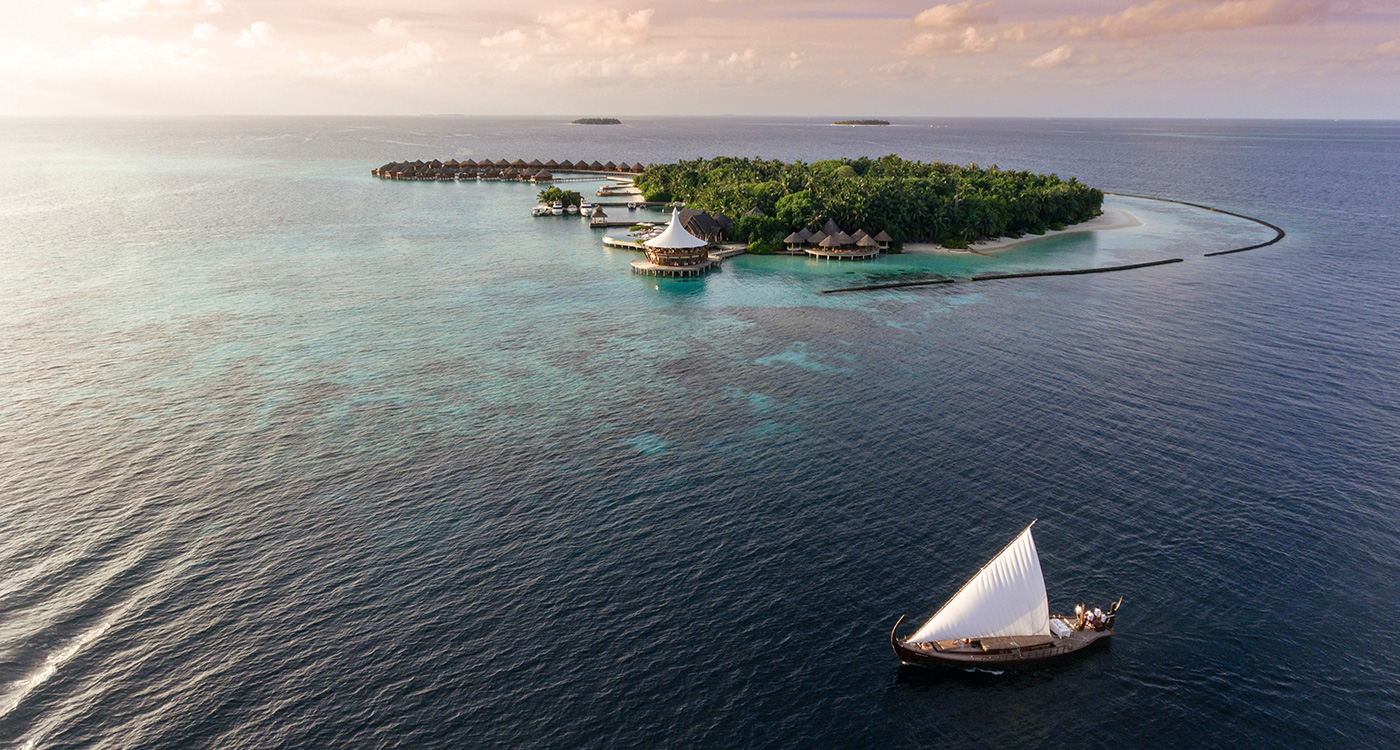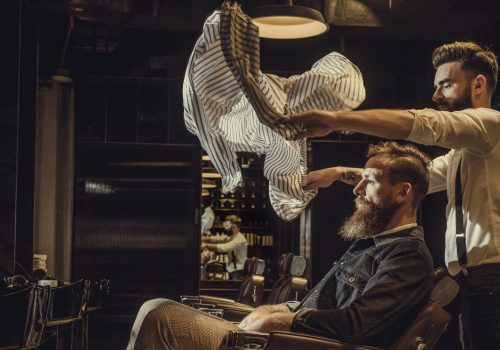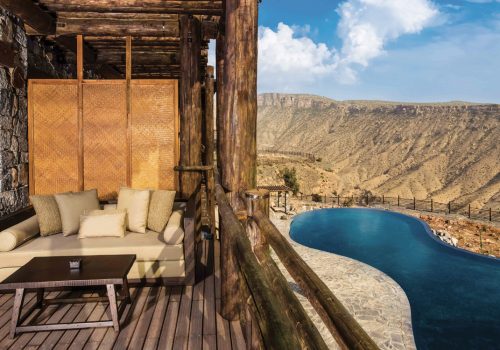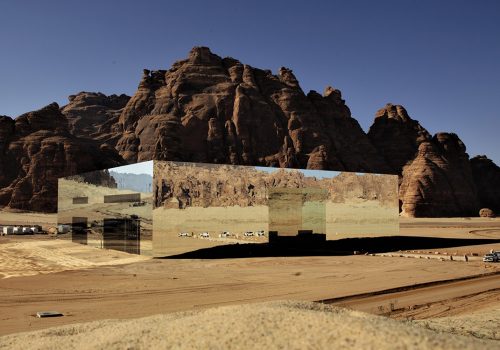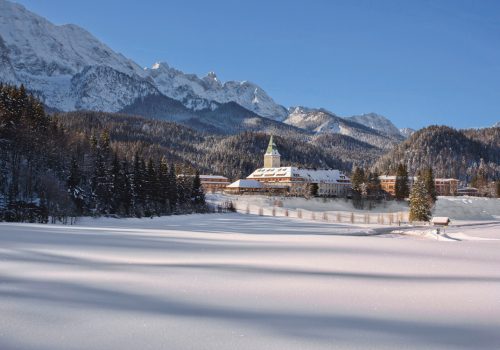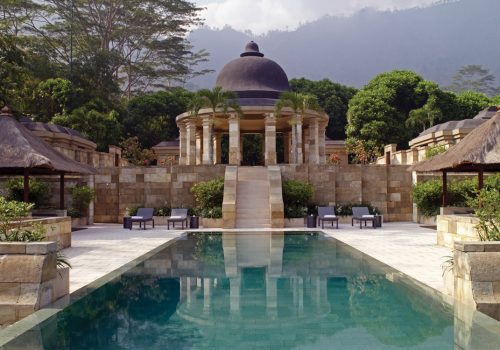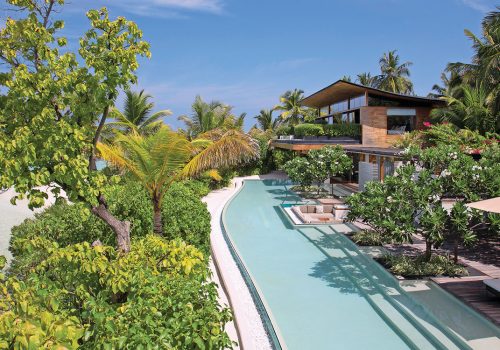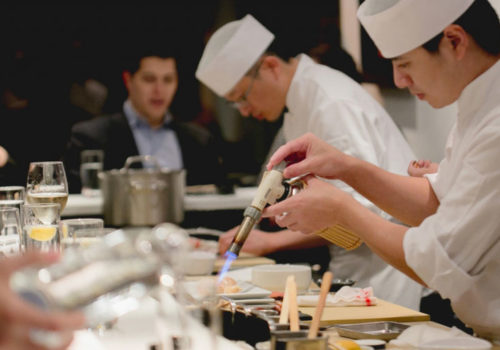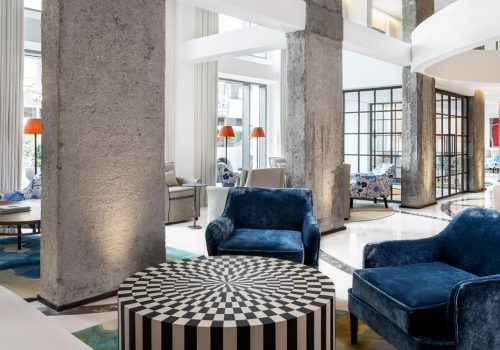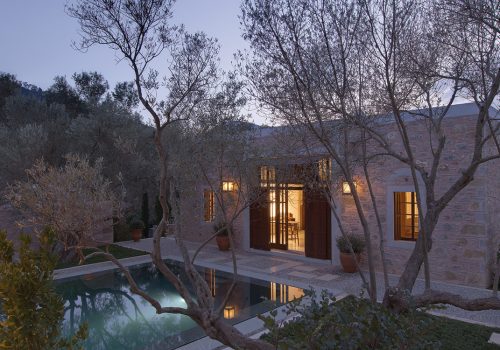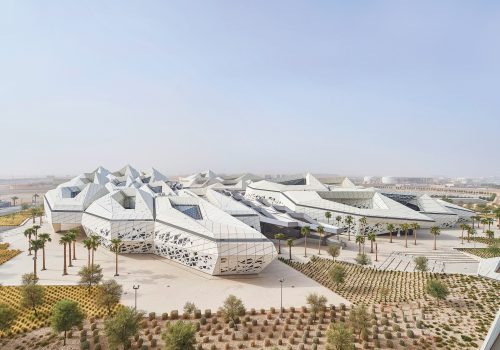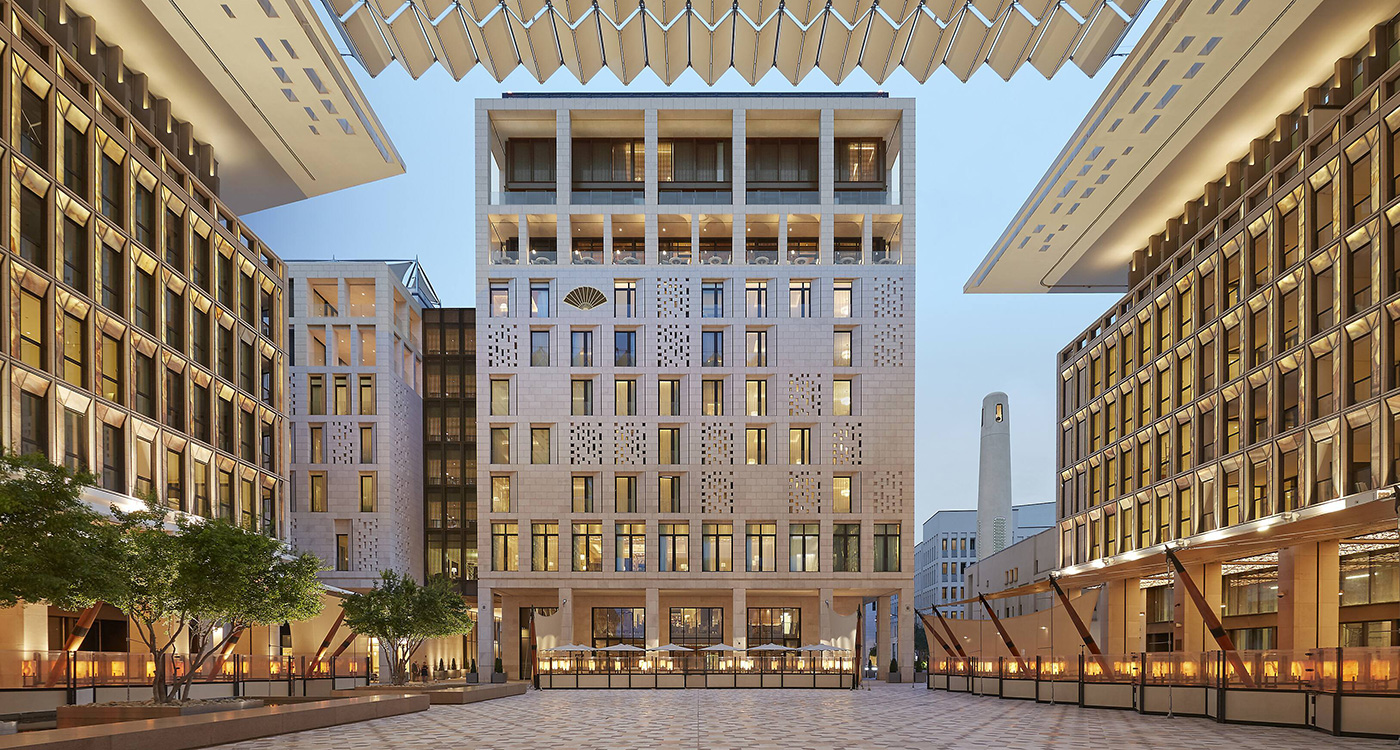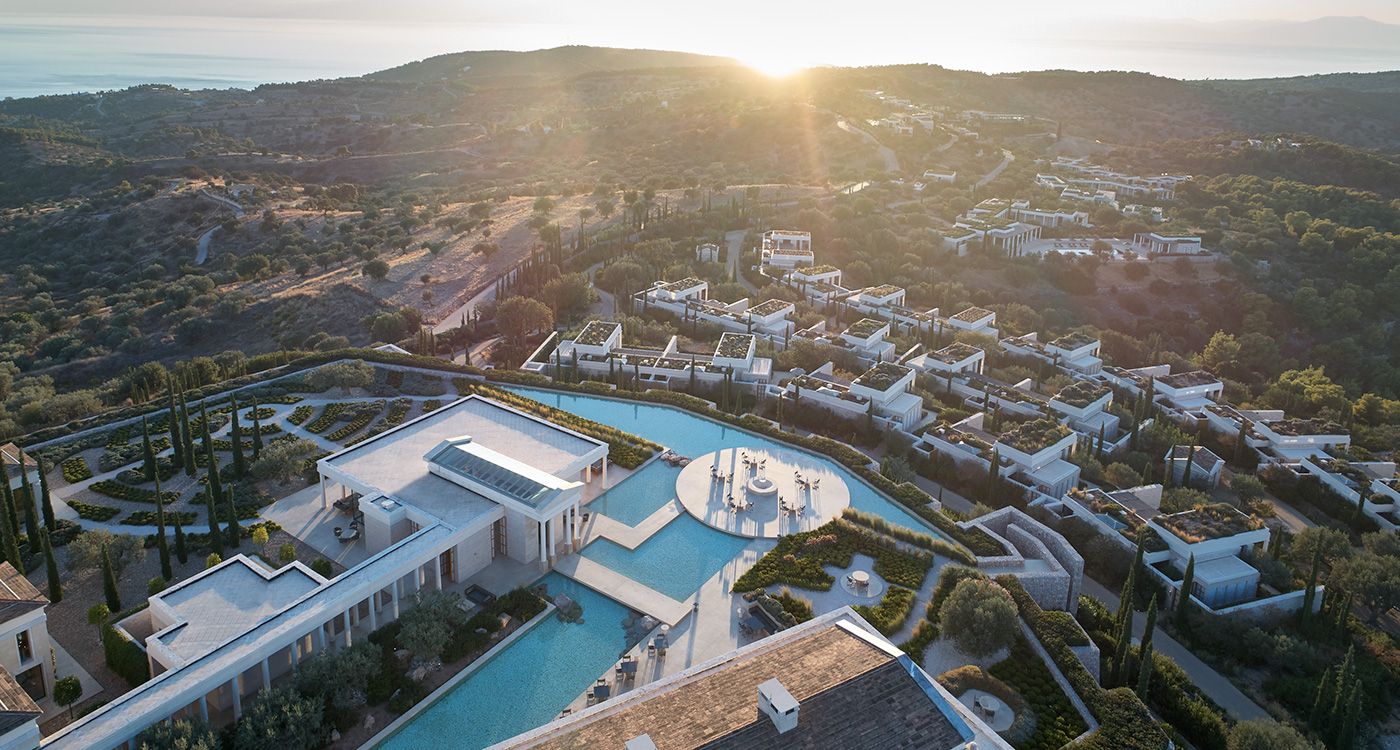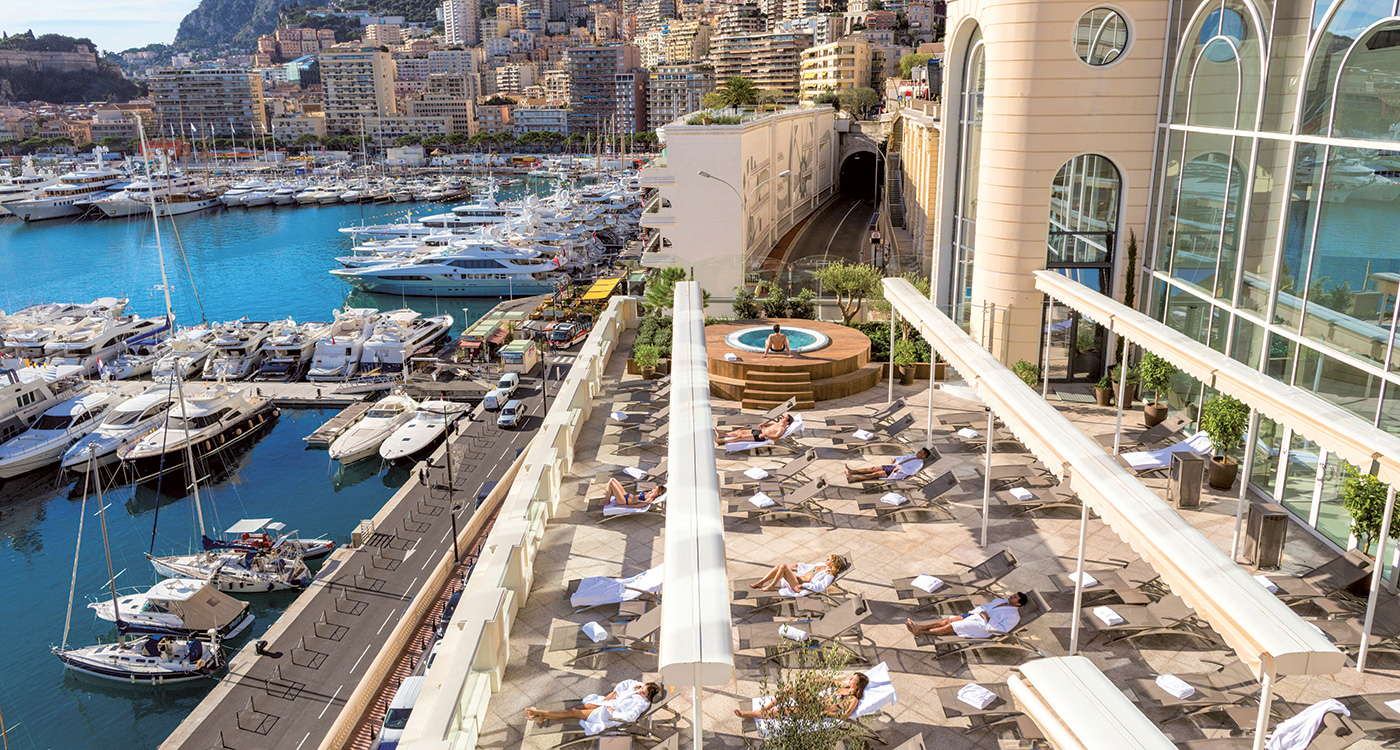It’s funny but I have been reading about how amazing Baros is for years. Maybe it’s because I grew up in England or that I was an avid reader of magazines, but whether it was GQ, FT’s How to Spend it, The Daily Telegraph or Condé Nast Traveller, everyone, it seems, loved Baros. As if to drive the point home, Baros has been nominated for a Condé Nast Traveller Reader’s Choice Award, as well as a Tripadvisor’s Traveller’s Choice Award almost every single year for the past decade, or more. Yet, despite this barrage of unanimous praise, I somehow chose to ignore the place for so many years while I went about trying its competition. Sure, I built up a good knowledge of what it takes to be a top resort in this Indian Ocean archipelago but, I never forgot about the legend of Baros and, I finally had a perfect reason to go when I heard it would be celebrating its 50th anniversary in 2023.
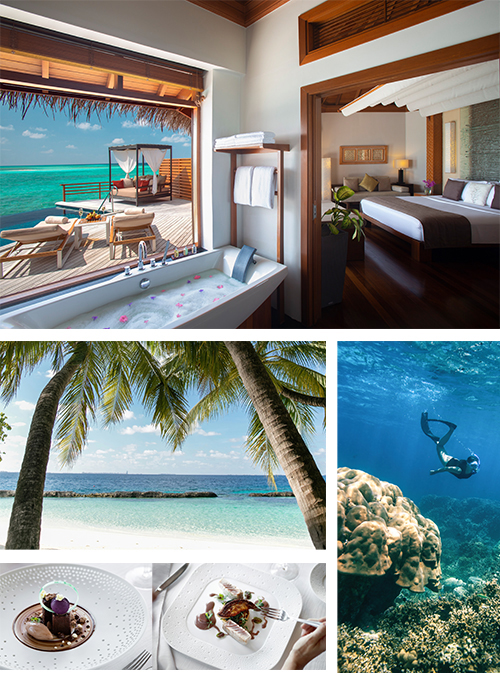
TOP: Baros is not just an original, it’s also totally Maldivian. The owner is from the Maldives, as is its architect too (Mohamed Shafeeg). ABOVE, BOTTOM LEFT: A couple of Lighthouse dishes: yellowfin tuna “Rossini” with pan fried duck foie gras, and a flourless chocolate fudge. ABOVE, BOTTOM RIGHT: Baros’ reef is staggeringly beautiful and something that’s sadly very rare due to global warming and reef bleaching.
I’m sure many of you will agree that one of the few downsides about holidaying in the Maldives is the journey getting there. More often than not, you’ll need to fly in from Dubai, then wait at the seaplane terminal in Malé before you board one of those annoying flying buses. The experience is far from luxurious, as it’s hot, loud and smelly. But, at Baros you can forget about all of that. There’s no waiting, no smell and no nausea either. Instead, you are greeted at arrivals by one of their friendly staff and whisked swiftly onto a nearby airconditioned speedboat. It takes just 25 minutes to get to the resort and once you’re there you’ll appreciate how it’s far away enough for you to no longer see Malé, but close enough to make coming and going a cinch.
Then again, when Baros opened in 1973, it had pride of choice, as it was only the third island destination resort to open in the country. Things were significantly different back then too. There were no banks in the capital, fishing was the primary source of income and the population was less than a third of what it is today. Mohamed Umar Maniku however was not deterred. The Maldivian businessman had already tried his hand, opening the country’s first resort (Kurumba) in 1972 and he clearly felt buoyed enough to pursue another, Baros, this time gearing it squarely at European travellers. Maldives may have still been seen then as a low-grade destination – an extension of Sri Lanka if you like – but he knew from his German wife’s friends that there was interest in surfing and coral reef diving, and Baros was able to offer both. Maniku decided to accommodate them in thatched roof huts framed with coral walls – there was no air conditioning and certainly no private pools. Still, Germans, Brits and Italians came in droves (and they still do). And, by the late 1980s, as the country began to be recognised worldwide as a tropical paradise, the calibre of tourists evolved (with tourism eventually accounting for 90 per cent of Maldives’ income). So too did Baros.
For example, in 2007, it was completely rebuilt and rebranded as a full-on luxury resort, with 45 beach villas and 30 over-water villas. Nonetheless, the look and feel has remained the same, especially in terms of the vegetation, which was protected at all costs. Indeed, you can’t help but be amazed at the canopy of palm trees and healthy mangroves on this lush island. I’d imagine it takes a sizeable team of gardeners to maintain it all because you often come across throngs of them on your walks to and from your villa. I should point out that Baros’ combination of natural vegetation and a large (and still thriving) coral reef is what keeps it from disintegrating like so many other resorts. Consequently, you’ll never see them dumping sand here as you so often do elsewhere. On that note, all the sewage at Baros is treated and used to irrigate the plants, they use only biodegradable chemicals for cleaning, and they have a unique heat-exchange system from their air-conditioners that provides all their hot water needs.
Another unique point is that Baros doesn’t try to offer the seclusion that some other resorts do. Instead, they proudly offer their own version of escapism based around environmental friendliness and a connection with each other and nature. The villas are nice and all but they aren’t Cheval Blanc nice (then again, at 1,000 USD a night they’re less than a quarter of the price as well) so you’re more incentivised to leave the sanctuary of your own quarters and use the extraordinary facilities at your disposal – like the lovely common infinity pool, the cute spa, the excellent teppanyaki grill or of course the house reef, which is just a paddle from the beach and promises an eye-popping cast of exotic fish, turtles, rays and even a blacktip reef shark. You can even take part in their commendable coral regeneration programme, which offers guests the chance to cut fragments of living coral and transplant them onto hard-substrate nurseries, which they then place on the seabed all around the island.
Up until Baros, I always maintained that Velaa’s Aragu was the best restaurant I’d been to in the Maldives but honestly Baros’ Lighthouse can compete. Situated on a tent-roofed wooden pavilion over the water, it’s perhaps the most recognisable structure at Baros and for good reason, this place deserves recognition. As does the prescient Maniku, for his ever-evolving Baros resort has managed to perfectly showcase the beauty, hospitality and compassion of the Maldives for five long decades. Who knows what the Maldives would have been like had there never been a Maniku or a Baros. Here’s to 50 more years.
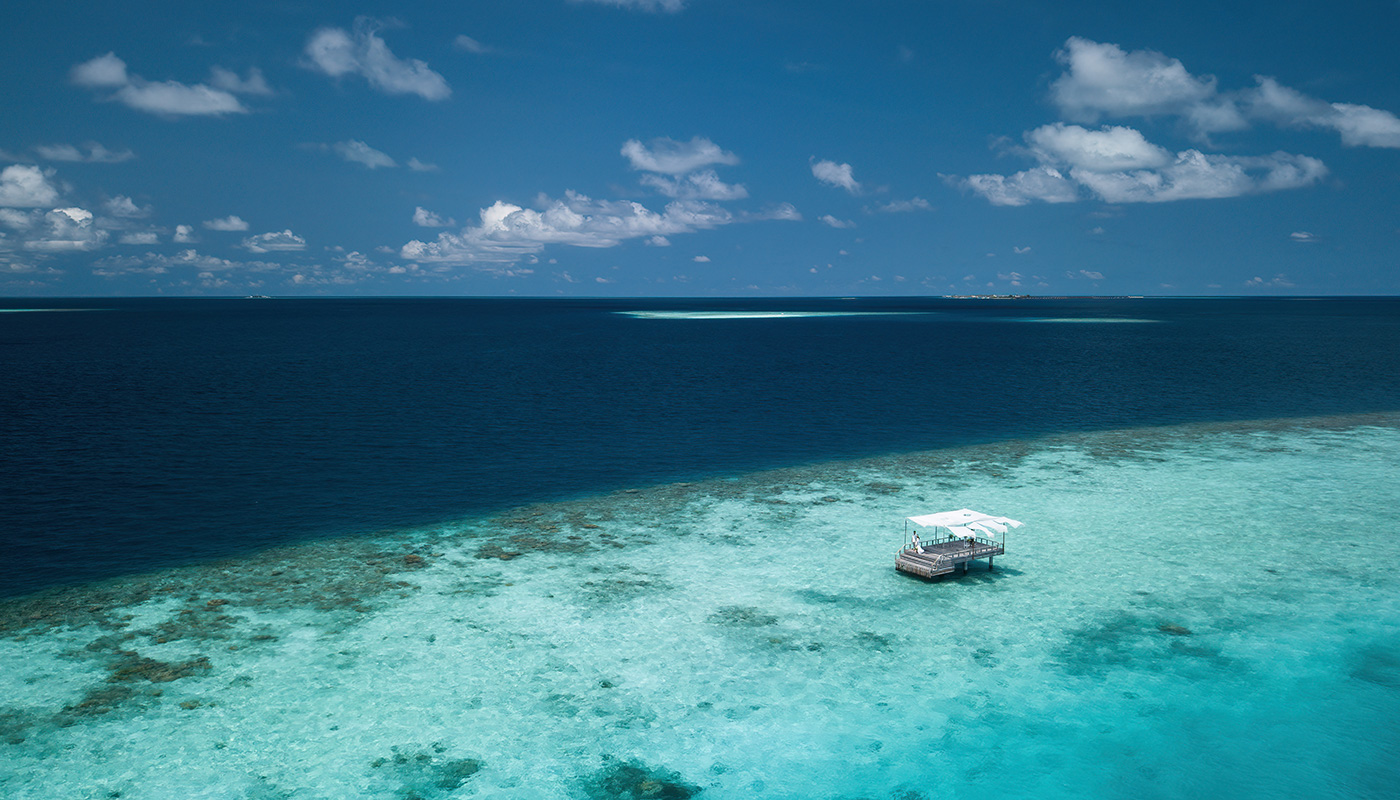
ABOVE: On our second morning, we had the chance to witness the beauty of sunrise at Baros, on their exclusive ‘Piano Deck’ in the middle of the sea (while being plied with a champagne breakfast for two, naturally).


